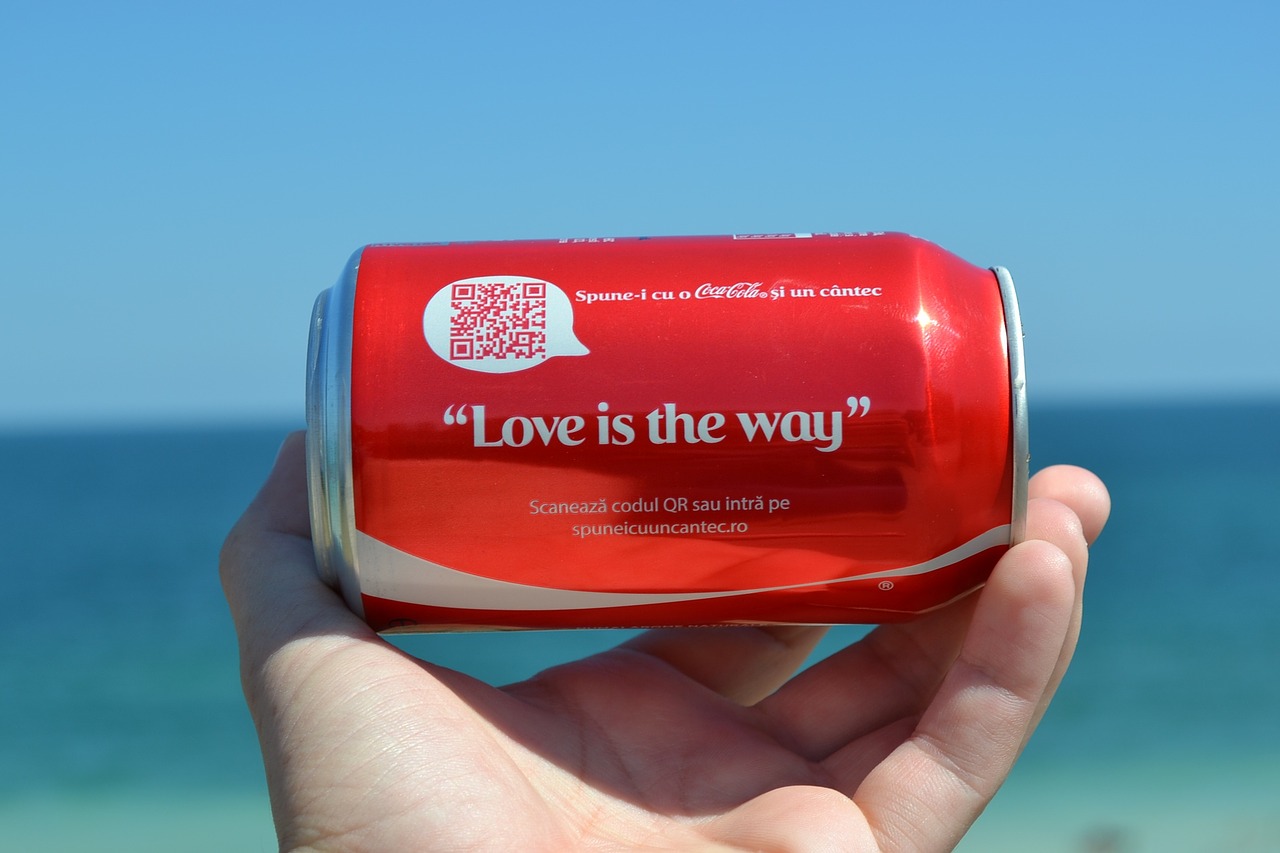The Psychology Behind Brand-Customer Relationships
 Brand value
Brand value Anyone working in social media marketing will tell you that exclusive footage, engagement and building a consistent brand voice are key to building loyal followers. What they might not be able to tell you is why these elements are so important.
I’ve been in digital marketing for two years but it is my background in Psychology which has helped me understand this more than most. My degree meant I carried out dissertation research on the topic of Celebrity Worship. This involved spending weeks learning the ins and outs of the celebrity worship precursor, parasocial relationships. These are one sided relationships where a media user feels that they are in a social relationship with a media figure, and they are therefore motivated to continue this connection through the consumption of knowledge and exposure.
For fans in parasocial relationships with celebrities, this means following every single social media account they own, reading up about the celebrity and engaging in celebrity fandom communities, as well as buying every record, merchandise and gig ticket they can get their hands on. They will talk to anyone who will listen about their idol, and will engage with the celebrity in any way they can.
Parasocial relationships are built when an individual feels that a media entity such as a celebrity seems to directly address them.Engagement, behind the scenes, and colloquialisms are all ways that the media can make a user feel interacted with, and are therefore key elements that should be incorporated into marketing.
Of course, celebrities and brands are seen as separate entities but that is not necessarily true when it comes to marketing. Consumers build emotional relationships with brands; they are more than just a label to many users. Customers identify with the brand and the lifestyle that they promote; this is why customers are willing to spend more on a branded product when they can get the exact same thing for cheaper, but non-branded or from a different brand. It’s why certain consumers will go straight to Topshop when they want new clothes, or Starbucks for their caffeine hit. It’s not that they are unaware of other options, it is that they feel a connection with these brands and products and are motivated to maintain it.
Why is it important to have customers who feel connected to your brand?
Consumers who feel emotionally involved with a brand form brand communities with others who feel the same way. A brand community is the best marketing asset you can have: they engage on social media, spread positive messages through word of mouth, and spend money on products time and time again. It costs less to get a repeat customer to buy your product, and they will spend more money with your brand than new customers. The lifetime value of these customers is unlimited, as long as the relationship is preserved.
How can you build this relationship with your customers?
The most important thing is to build a connection with your customer. Most brands can’t directly address each individual customer on social media, but composing posts which are directed at the consumer, through colloquialism and personal greetings, engaging with customers who are talking about the brand, showing ‘exclusive’ content such as behind the scenes footage, and offering promotions and deals simply for being a fan and following your social accounts or subscribing to your e-mails.
- Retweet, favourite or respond to customers who talk about your product or service
- Use video platforms such as Snapchat or Periscope for behind the scenes footage and previews of new products
- Offer loyalty promotions via social media and e-mails which reward customers for being subscribers
- Find out topics which concern your target audience and talk about these
- Humour and colloquialism are great tools to give your brand a more human personality
- Establish yourself as an authority leader which will keep customers coming back for insight
- Offer personalised products and promotions. Coke’s “Your Name on a Bottle” is an amazing example of personalisation in a campaign
Having an established brand voice is also key to building and maintaining these relationships. Pick two or three social media platforms to concentrate on, making sure these are the most relevant for your target audience, and share content which reflect with your core values. Consistency and perseverance will see to it that your brand develops a personality, as long as you do not stray from the tone you are trying to achieve.
If you need a little help with your social media, why not get in touch and see if we can help? Hint, we can.
